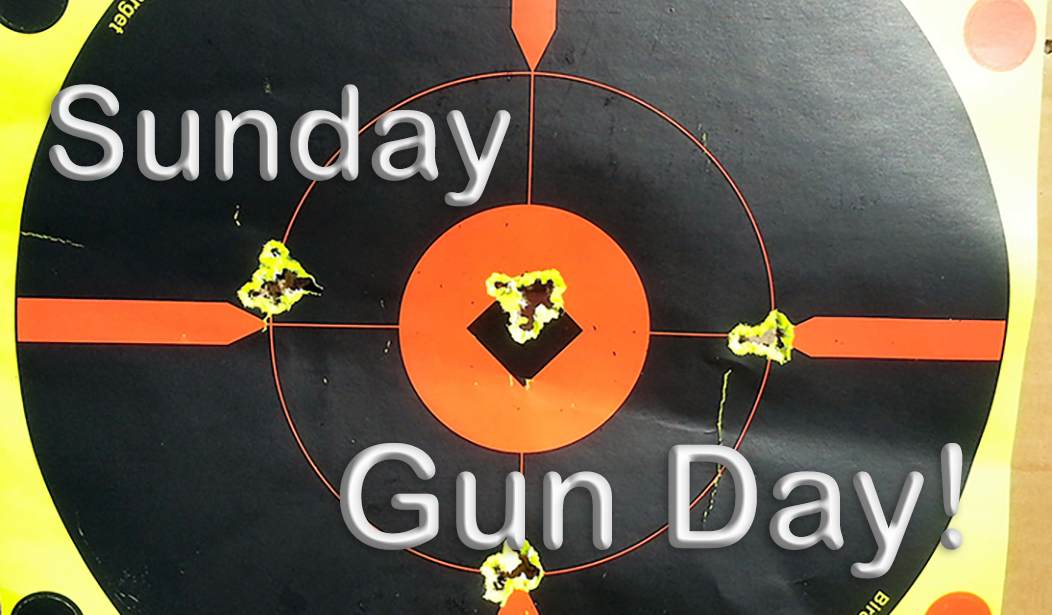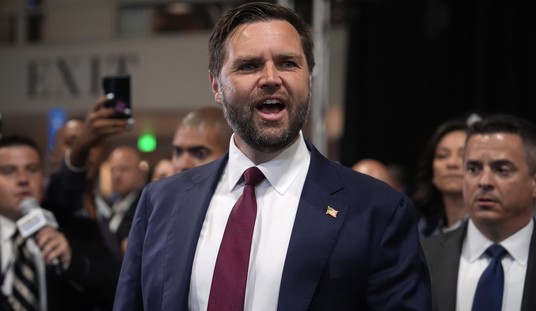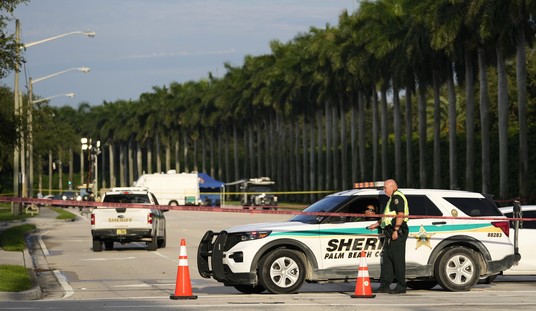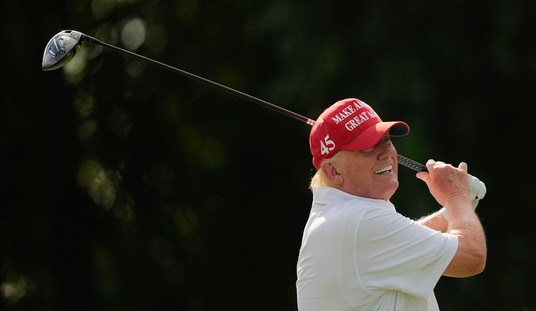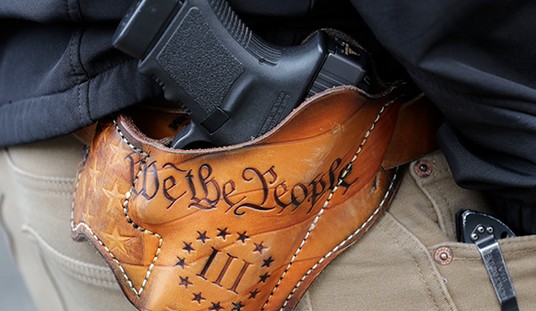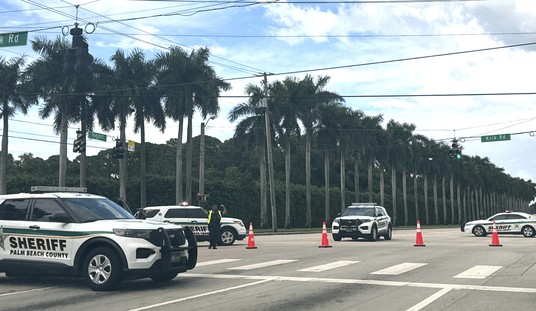Having spent a brief stint in an infantry battalion myself, I can attest to the infantryman’s attachment to his primary weapon – his rifle. When I joined the Army, we were cautioned that every soldier, regardless of military occupational specialty (MOS) was above all else a rifleman.
Then came the Clinton years, and there suddenly was no money for training ammo. When I was recalled for the Balkans fracas in 1996 and sent to Germany, I talked with one of the high-speed low-drag Majors in Operations who was complaining that 11 Bravos – riflemen – were only going to the range once a year, for annual qualification, as there was no more money than that for training ammo.
That’s a real disaster, to have riflemen only shooting once a year.
Even so: The rifle is the ultimate tool of not only warfare but also the individual; possession of a rifle turns one from a subject to a citizen, from a helpless victim to a formidable opponent. Throughout the history of military affairs, a few rifles have stood out as exceptional: They broke new ground, or just were the right weapon at the right time. Here, in no particular order, are five of the most significant infantry rifles in history.
The 1861 Springfield rifle-musket
This weapon was the ultimate development of the single-shot muzzleloader as a primary infantry weapon. Sturdy, reliable, and accurate, this was the primary weapon issued to Union troops in the American Civil War, and plenty of them ended up in the hands of Confederate troops as well, making it one of the few weapons routinely used by both sides in a major war. The 1861 fired a .58 caliber Minie ball, making it a hard-hitting weapon with, for the time, a good effective range. The rifled musket firing a Minie ball was much more accurate than the smoothbore, round-ball arms common only a generation before, and the combination of weapons like this with modern cannon changed warfare, making the massed Napoleonic charge obsolete, as the Army of Northern Virginia learned to their sorrow on the final day of the Battle of Gettysburg.
RELATED: Virginia Schools Revert Names Back to Confederate Legends, Reversing Woke Schoolboard's Work
The Henry
In the Civil War, the Confederate States troops referred to the Henry (and the Spencer repeater as well) that the Yankees could load their weapon on Sunday and shoot at the Rebs all week. That was a bit of an exaggeration, but only just. The Henry had two big advantages over the more traditional muzzle-loading rifle musket like the aforementioned 1861 Springfield: Rate of fire and magazine capacity. But it had some significant shortcomings, mostly that the rifleman had to at least kneel if not stand to recharge the magazine, raising his profile. The .44 Henry rimfire cartridge it fired was low-powered, with a high trajectory, reducing the piece’s effective range.
But the Henry was a great piece nonetheless. This was the genesis of the American soldier’s fondness for the rate of fire, meaning the individual soldier could revoke the birth certificates of the other guy’s soldiers more quickly and in greater numbers. Soldiers like that, and they liked the Henry rifle for that reason.
The Lee-Enfield SMLE
It’s hard to choose between the four great bolt guns of the Great War/WW2 era. Of those, it is often said that the 1903 Springfield made the best target rifle, the 98 Mauser made the best hunting rifle, and the Lee-Enfield made the best battle rifle – and wags often add that the Mosin-Nagant made the best tent pole.
The Lee-Enfield SMLE – the “Smelly” – was different than the others in a couple of key things: In addition to having a smooth, reliable action, a powerful .303 caliber cartridge, and good sights, it also had a 10-round detachable magazine, although in practice the weapon was normally reloaded like most bolt guns, using stripper clips to fill the magazine through the top of the action.
Most of all, though, the Lee-Enfield was the rifle that equipped all of the Commonwealth nations at the peak of the British Empire. In World War Two as well as in the Great War, versions of the Lee-Enfield equipped not only the British Army but also the Canadians, Indians, the ANZAC troops, and many others throughout the empire on which the sun never set.
The Kalashnikov Series
It’s commonly held among gun scribes that the Kalashnikov series was designed to be easily maintained and used by poorly trained peasant soldiers, and there’s something to that. The design philosophy of the AK series was different than most select-fire infantry weapons, and that difference is apparent in the safety; in most such pieces the safety rotates from SAFE to SEMI to FULL, but the AK series reverses that, from SAFE to FULL to SEMI – at least in the early iterations of the arm.
Where the AK series really shines is in its rugged simplicity. The AK series is not only easy to maintain, but also reliable, simple, and can be easily fabricated in any machine shop, which is one of the reasons it is so widely used by regular and irregular forces alike all around the world. It is not a target rifle or a fine rifle for the game fields; it is a basic, rugged, reliable lead-chucker, built to put a lot of bullets downrange in a hurry. That’s all it is – and in that, there is nothing better.
The M1 Garand
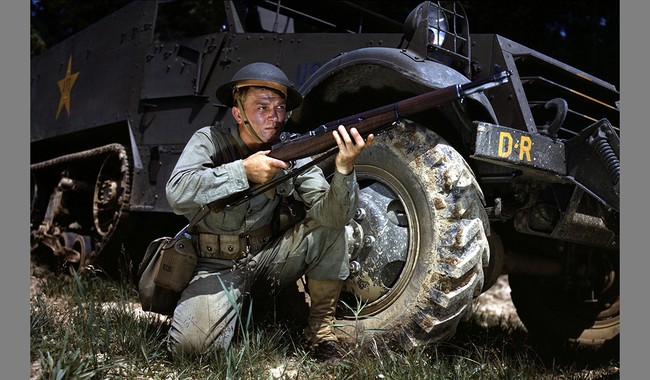 It’s difficult to say too much about the Garand rifle. The M1 was used from the beginning of World War 2 until the early 1960s, but its most famous deployment was in the European and Pacific theaters of World War 2. The M1 was powerful, reliable, sturdy, and accurate and the troops loved it; no less than George Patton described it as the finest instrument of battle ever designed. It was not the first semi-auto issued by a major nation’s military, but it was the first to be widely used in warfare. The great thing about the M1 is that millions were made; as a semi-auto, it is easily obtained by collectors even today, and if you want one, you can find one, today, long after production ceased. The M1 would hold a proud place in anyone’s gun safe.
It’s difficult to say too much about the Garand rifle. The M1 was used from the beginning of World War 2 until the early 1960s, but its most famous deployment was in the European and Pacific theaters of World War 2. The M1 was powerful, reliable, sturdy, and accurate and the troops loved it; no less than George Patton described it as the finest instrument of battle ever designed. It was not the first semi-auto issued by a major nation’s military, but it was the first to be widely used in warfare. The great thing about the M1 is that millions were made; as a semi-auto, it is easily obtained by collectors even today, and if you want one, you can find one, today, long after production ceased. The M1 would hold a proud place in anyone’s gun safe.
See Related: 98-Year-Old WWII Vet Brings the House Down at RNC: If Trump Were President, I Would 'Re-Enlist Today'
In fact, I’m surprised I’m not looking for an M1 of my own right now.
Note that I’m not claiming these are the best five infantry rifles. I doubt I could ever pare that list down to just five, anyway. The M16 series would have to have a place, along with the Spencer, the FN-FAL, the Mosin-Nagant, and the K98k Mauser. But these five are all great weapons, for their places in history, their innovation, or just the success of their employment. They deserve to be remembered, and any one of these would have a prime place in any collection.
Have you any additions to the list? The comments are yours!

